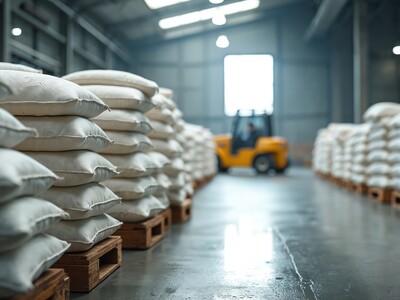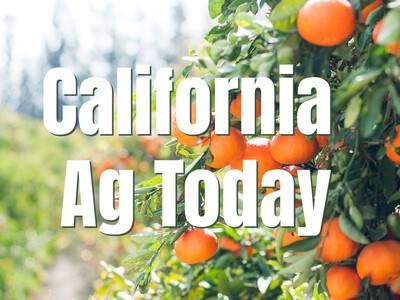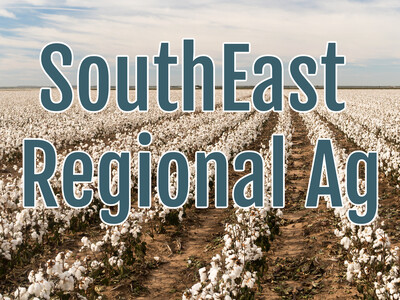What's next for land values
Various factors that can impact land values are pulling in opposite directions. Positive influences include the continued low supply of good land for sale and historically low interest rates. For many, investing in ag land will be a safe haven for the current times, a long-term hedge or the means to invest in the sustainability of the food supply. The average land buyer who has resources may invest in recreational land for a place in the country. Farmers will remain buyers of land if they have the financial standing to do so.
Challenges that could put pressure on land values include the overriding potential for depressed farm incomes and the further decline of working capital for producers. Will lower farm incomes overcome the low interest environment to put pressure on farmland values? Will farm finances be helped enough by the additional infusion of federal cash payments to producers to maintain financial stability? Will there be more land come onto the market due to financial pressures that could tip the supply and demand equation?
“It is too soon to accurately answer what’s next for the land market except that agricultural land will continue to be bought and sold. Land passing to the next generation is a constant that remains in play no matter what. Decisions made by inheritors of land, producers, lenders, legislators and investors will come together over the coming months to provide the answer to what’s next for land values,” said Dickhut.

















